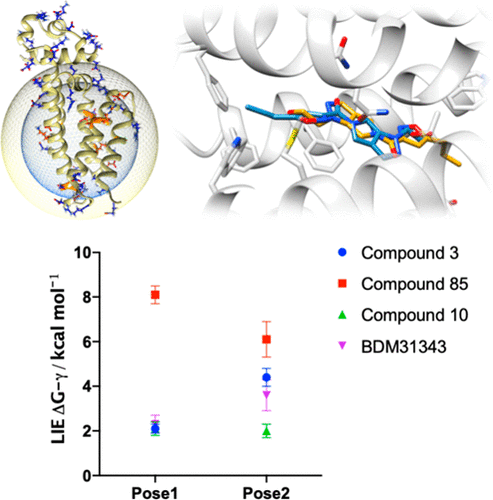Dr Natalie Tatum of the Cancer Research UK, Drug Discovery Centre, Newcastle University is the first winner of CoSeC’s Impact Award.
Dr Tatum wrote the winning application for her work on antimicrobial resistance, describing support from CoSeC in the form of CCP4 study weekends, feedback received when presenting, and the intensive training received at the 2019, CCP5 summer school.
Dr Tatum’s work in the field of antimicrobial resistance focuses on the bacterium responsible for tuberculosis (i.e. Mycobacterium tuberculosis) a multi-drug- and extensively- resistant infection complicating the treatment of HIV and malaria, two diseases endemic in sub-Saharan Africa.

The antibiotic isoniazid is used in active and latent infections but resistance is prevalent. Ethionamide is an isoniazid analogue used as a pro-drug, but its activation is inhibited by EthR –a mycobacterium tuberculosis gene. Inhibiting EthR in the presence of ethionamide enables better tolerance and activity of the antibiotic, effectively killing the bacteria.
Natalie’s crystallographic training, supported by CCP4 Study Weekends and feedback received when presenting at the CCP4 Northern Meetings, informed her approach to both structure analysis and, later, co-crystallisation and determination of her own EthR-inhibitor complexes. To confirm crystallographic findings of a single EthR posed complex at the binding site, Natalie explored binding energy simulations using molecular dynamics and attended the 2019 CCP5 Summer School where, alongside intensive training in molecular simulations, she was given the opportunity to present her work.
Dr Tatum says:
I am using the skills gained through tutelage under the CCP4 and CCP5 projects to forge an independent research trajectory in the study of transcription factor activity with a focus on de-risking such targets for drug discovery.”
By combining computational and crystallographic techniques, Natalie developed methods to identify and assess quantitatively and qualitatively novel inhibitors of EthR that show ethionamide-boosting capability in biological assay. During her PhD, she developed a virtual screening approach, that used the known crystal structures of EthR-inhibitor complexes to train and test protocols, and filter a database of potential molecules based on the structure and properties of the binding site.
As yet, no EthR inhibitor has entered pre-clinical or clinical trials, and those closest are of a single chemo-type. By exploring multiple chemo-types and presenting active compounds, Natalie’s research provides novel leads for ethionamide-boosting to treat tuberculosis infections. This work continues with collaborators (listed below) seeking to build on these new chemo-types, providing a range of options for pre-clinical development, thereby maximising the chances of success through the drug development pipeline.
Dr Tatum’s research has been published in the Journal of Physical Chemistry Letters – Tatum, N.J., Duarte, F., Kamerlin, S.C.L. and Pohl, E., Relative Binding Energies Predict Crystallographic Binding Modes of Ethionamide Booster Lead Compounds, J. Phys. Chem. Lett. 2019, 10, 9, 2244–2249.
Dr Barbara Montanari, Director of CoSeC adds:
I wanted to establish a legacy that raises awareness of the people behind CoSeC and its communities, and acknowledges Early Career Researchers. An impact award meets both requirements by requesting that applicants describe CoSeC enabled their work, and offering the winner career-enhancing opportunities. I am delighted by the number and quality of applications for this inaugural award and would like to thank all the applicants for their efforts. A special congratulations goes to Natalie, whom I look forward to meeting in the near future.